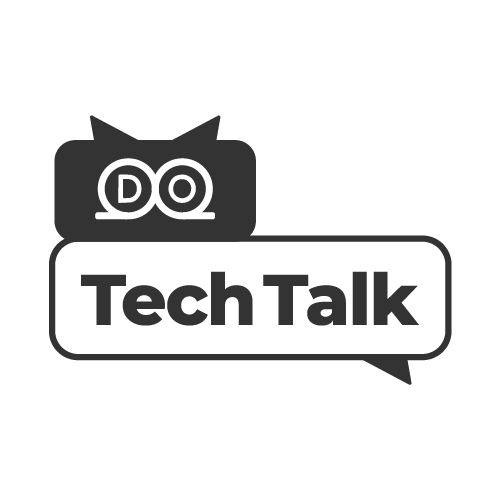Data has become the most important type of asset for businesses, and large companies are constantly searching for advanced technologies to extract information and insights from massive amounts of data.
It is a great source of information that can help companies make smart decisions, promote growth, and gain a competitive advantage.
A large amount of data is stored and processed every minute.
After converting it into meaningful knowledge, the organization uses it to generate profits.
What is Data Mining?
Data mining is the method used to extract valuable and useful information from large data sets to generate business insights.
It involves using various techniques from statistics, machine learning, and database systems to identify data patterns, relationships, and trends.
This information can be used to make data-driven decisions and solve business problems.
Data mining applications include customer segmentation and profiling, shopping cart analysis, anomaly detection, and predictive modeling.
This is where data mining tools come into play. They are software applications that use advanced algorithms and techniques to analyze large sets of data and identify patterns, trends, and relationships.
The main steps involved in data mining include:
- Anomaly Detection.
- Clustering.
- Classification.
- Dependency Modelling.
- Regression.
- Report Generation.
Popular Data Mining Tools in 2024
In 2024, data mining tools are becoming increasingly popular and are being used in a wide range of industries and sectors, from finance and healthcare to marketing and e-commerce.
Providing these tools helps improve decision-making, increase efficiency, and improve customer experience.
In this article, we’ll explore some of the most popular data mining tools of 2024 and highlight their key features and capabilities.
Fast Miner
RapidMiner is a free and open source data mining platform that provides hundreds of algorithms for data preparation, deep learning, machine learning, text mining, and predictive configuration analysis. This platform has a large enthusiastic community of users, who are always ready to help you.
Characteristics:
- Drag and drop interface.
- Its pre-built models allow non-programmers to create predictive workflows.
- Graphical user interface and batch processing.
- Allow multiple ways to manage data.
- Reports and notifications are enabled.
- Remote analysis processing.
Zoho Analysis
Zoho Analytics allows you to analyze data from a wide range of data sources and is a self-service business intelligence and analytics platform.
It allows users to create detailed dashboards and visually analyze any data within minutes.
It also features an AI-powered assistant that allows users to ask questions and solve their problems.
Characteristics:
- It offers enhanced analytics using artificial intelligence, machine learning, and natural language processing.
- Provides visualization options: charts, summary views, and dashboards with custom themes.
- White-label business intelligence portals and integrated analytics solutions.
- Over 100 integrated connectors for enterprise applications, cloud drives, and databases.
Oracle BI
Oracle Business Intelligence (BI) is an end-to-end enterprise performance management system and open source data visualization and machine learning platform for beginners and experts.
It has an interactive data analysis workflow with a large toolbox.
Characteristics:
- Interactive data visualization.
- It has interactive data exploration with visualizations.
- It contains a wide range of plugins to extract data from external data sources.
SAS Data Mining
It represents a statistical analysis system and is a platform for analyzing and managing data.
The main goal is to simplify the data mining process for non-technical users by converting large amounts of data into insights.
Users can quickly create these mining models and use them to solve business problems.
Characteristics:
- It helps to analyze big data through its data mining tool.
- It introduces a distributed memory processing architecture.
- Provides an easy to use GUI.
- It can be used for fraud detection, resource selection, etc.
Apache Mahout
It is one of the best open source and free to use data mining tools on the market; This platform is used to build scalable applications using machine learning and deep learning.
The main goal of Apache Mahout is to help data scientists or researchers implement their algorithms. It is used by some big companies like Yahoo or LinkedIn.
Characteristics:
- It has pre-designed algorithms.
- GPU measures performance improvements.
- Provide mathematical analysis.
- It can be used in various programming environments.
Teradata
Teradata, also known as Teradata Database, is a massively open, parallel processing system for developing enterprise-level data warehouse applications.
It is the market leading data mining software that can also be used as a data management tool. It can run on Linux/Unix/Windows server platforms.
Characteristics:
- Ideal for business analysis.
- competitive price.
- It can handle up to 64 combinations in a single query.
- It also supports SQL to interact with data stored in tables.
- It contains server nodes with memory and processing power.
Dundas B
Dundas is the most comprehensive enterprise-ready data mining tool used to generate rapid insights and facilitate rapid integrations.
This tool can be used to create and display dashboards, interactive reports, etc. It can be used as a central data portal for the organization.
Characteristics:
- Multidimensional data analysis.
- It has smart drag and drop tools.
- Trustworthy reports.
- It has some advanced features for incorporating attractive charts, charts, and graphs.
- It provides the feature of accessing data from different devices.
- Data visualizations are customizable.


